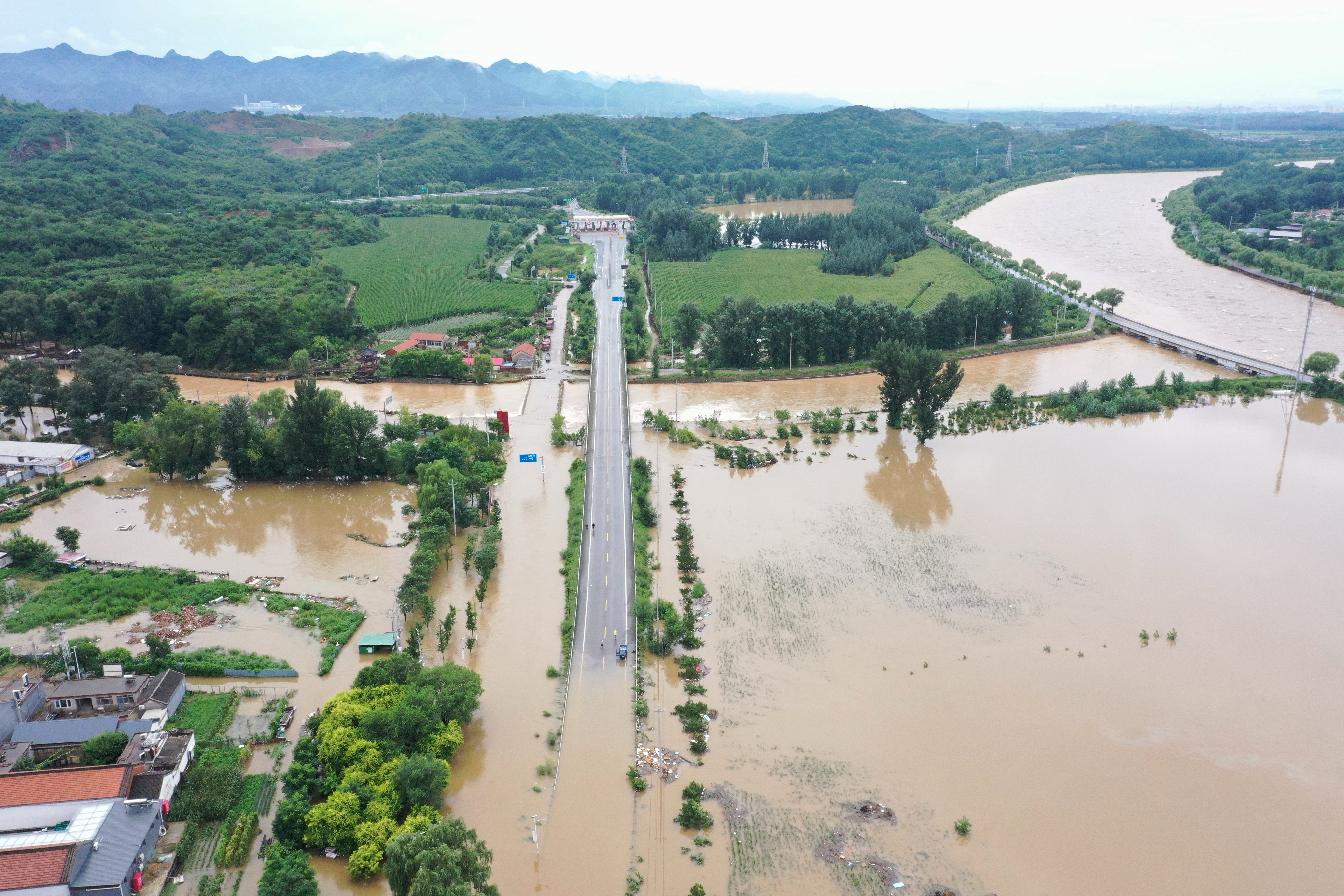Disasters in China killed at least 122 people and caused nearly £2.2bn in economic losses this August, underscoring the growing toll of this year’s extreme monsoon season across Asia.
The Ministry of Emergency Management said more than 10 million people were affected by a succession of disasters in August, ranging from flash floods to droughts. Roads, homes and farmland were damaged, with direct economic losses reaching 19.6bn yuan (£2.03bn).
The ministry said flooding has been particularly destructive this year. Record rain has lashed the Asian country’s north and south in recent weeks in what meteorologists have described as extreme weather linked to climate change.
Heavy rains and flooding had already killed dozens of people across northern China, including Beijing, in July. In the early days of August, floods in Gansu province killed 10 people.
A record 622.6mm of rain fell on Guangzhou, the provincial capital, from August 2-6, almost three times the monthly average for the city in August. At least seven people were killed due to flooding there, state media reported.
The rainfall was exacerbated by typhoons such as Podul and Co-may. These storms caused evacuations of over 75,000 people in Guangdong, widespread disruption in Hong Kong, and added to economic losses in the affected regions.

Heavy downpours battered vast swathes of the country, with the transport ministry separately reporting that rainfall during the flood season, which started on 1 July, had already caused over 16bn yuan (£1.6bn) in damage to roads in 23 provinces.
The devastation has added to fiscal strains for local governments already struggling with slower growth. Authorities have allocated emergency re-lending to help businesses and farmers recover.
The government has also announced 430m yuan (£44.5m) in fresh funding for disaster relief, taking the total allocated since April to at least 5.8bn yuan (£601m).
China’s rainy season is notorious for its destructive potential and this year’s is causing widespread and repeated flooding.
In the first half of 2025, disasters left over 23 million people affected nationwide and inflicted losses of over £5.5bn. August was one of the most damaging months so far this year.
The crisis is mirrored across the border in India, where agrarian regions like Punjab are recording their worst rainfall in decades.

Floods and landslides have killed hundreds of people in the northern states of Punjab, Himachal Pradesh and Uttarakhand, displaced thousands and cut off communities.
Some parts of Punjab, Haryana and Rajasthan saw rainfall more than 1,000 per cent above normal in just 24 hours, the Indian Meteorological Department said.
The monsoon has been even deadlier in Pakistan, where hundreds of people have died in the worst flooding since 2022.
Authorities there report more than 1.3 million people displaced since August and damage across 33,000 villages.
The scale of the displacement has left officials scrambling to divert water onto farmland to protect cities, while drones and boats have been deployed to reach those stranded on rooftops.
In China, emergency teams are still repairing infrastructure while monitoring risks from further storms. The Ministry of Emergency Management says drought conditions in some regions are compounding the impact of floods, leaving rural communities particularly vulnerable.
Scientists say a warming climate is intensifying monsoon rainfall across Asia and the world, increasing the risk of both flash floods and prolonged dry spells. The combination has left governments facing mounting humanitarian and financial costs.
“We say that global warming can lead to heavier rainfall, but there’s only so much water,” Johnny Chan, a professor at the City University of Hong Kong’s School of Energy and Environment, told Reuters.
“So if one area has more rain, another area will have less rain. So what we’re seeing is that there will be places which are becoming wetter and there will be places which will become much drier.”


